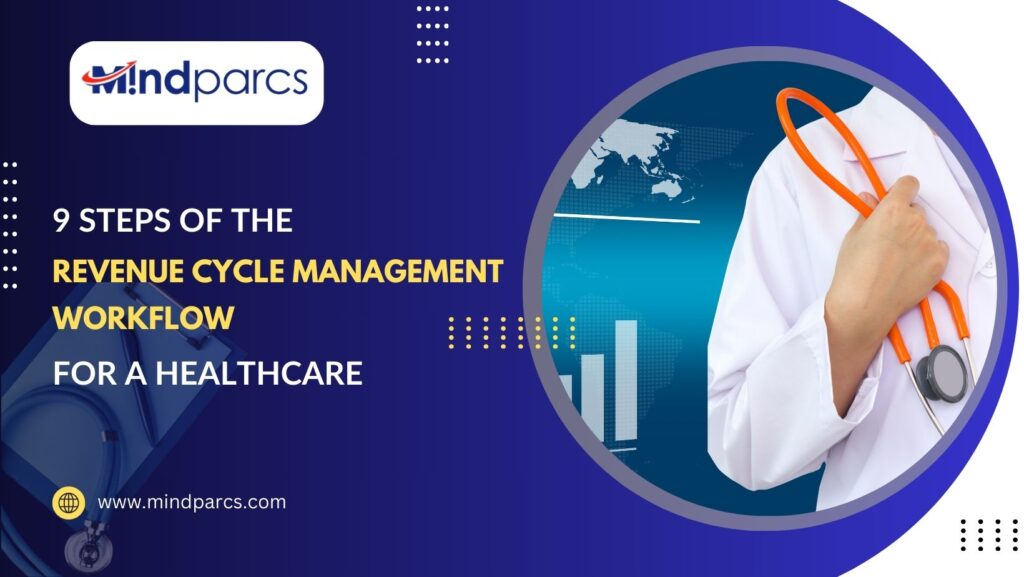
How to Overcome the Common Challenges in Podiatry Medical Billing
Overcome the Common Challenges in Podiatry Medical Billing Podiatrists have a crucial role in securing the mobility and overall health of individuals. However, their practices

What is Healthcare Revenue Cycle Management (RCM)?
Revenue cycle management (RCM) is a significant, financially driven process that allows healthcare providers to get reimbursement in a timely manner.
Why is RCM Important?
Revenue cycle management makes sure that providers have the resources to offer quality care and achieve the quality care metrics needed by commercial and government payers. Those resources include procedures, staffing, policies, finances and electronic health record (EHR) systems to handle revenue cycle.
Patient registration includes scheduling, pre-registration and registration. Pre-registration is collecting patient demographic info (including insurance details) and verification.

Challenges:
The medical coding professional records the healthcare common procedure coding system (HCPCS), current procedural terminology (CPT) and diagnosis (DX) codes. The coder may also add a modifier based on the payers and type of procedure (CPT code). It is essential to know payer guidelines and claim requirements to make sure reimbursement for the service.
Challenges:
The medical billing professional enters the charges for the claim in a medical billing system and sends it electronically or via paper to the clearinghouse. The clearinghouse sends the claim to the payer. If the clearinghouse rejects the claim, the medical billing team may identify and resolve it. When they resolved, the team can reprocess the claim and resend it to the payer.
The medical billing professional will follow-up the date of the claim submitted and track the claim status. There should be continuous follow-up until the payer reimburses the claim.

Challenges:
The medical billing team will resolve denials by identifying the root cause and submitting a corrected claim, reconsideration or appeal. If the payer still denies the claim, the appeals process starts over. If the payer doesn’t change its decision, the healthcare provider may decide to write off the claim as a loss.
The medical billing professional will post the payers reimbursement into medical billing software.
Challenges:

After the details are updated into medical billing software, medical bills are prepared and sent to the patient. Modern billing software can make this step automatic. When sending patient statements, consider the patient’s preferred channel: text, email or paper. Finding the right channel can help improve patient financial engagement.
Many patients are unable to pay the balance of their medical bills when they receive a statement. This is largely due to a misunderstanding of benefits, the high cost of services or other financial hardships. The healthcare provider must contact the patient and collect the unpaid balance.
Once you’ve followed up with patients and completed the insurance reimbursement process, you’ll receive payments for your services.
With the latest technology, MindParcs leverages automation, data science and medical billing professionals to support your staff. Our Medical Billing Services Pennsylvania, understands the state and payer policies specific to your practice.

Overcome the Common Challenges in Podiatry Medical Billing Podiatrists have a crucial role in securing the mobility and overall health of individuals. However, their practices

Urgent Care Medical Billing Mistakes & Solutions to Resolve In healthcare industry, urgent care specialties play an important role in offering efficient medical services. However,
